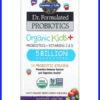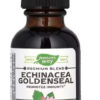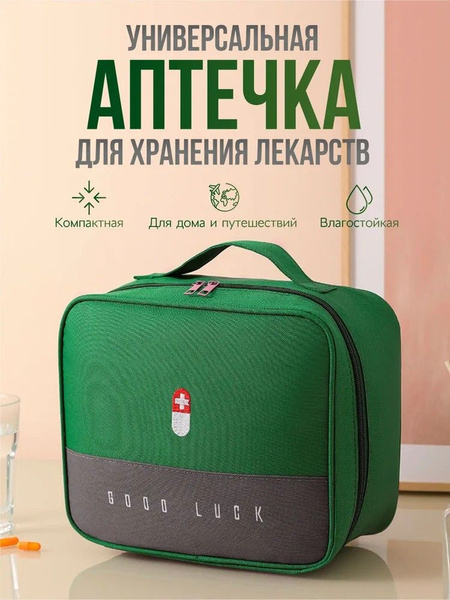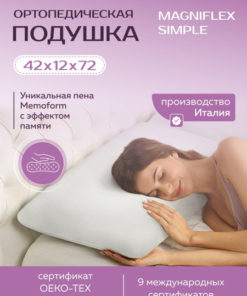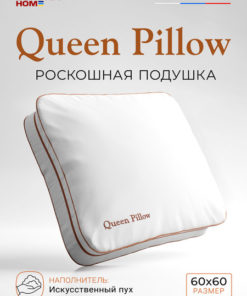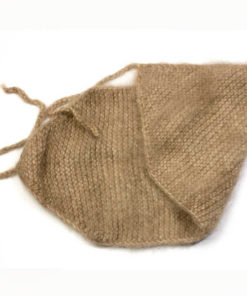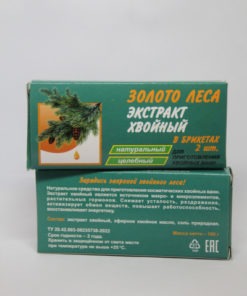The Ultimate Home First-Aid Kit Guide
Building a well-stocked home first-aid kit is crucial for handling minor injuries and emergencies effectively. A properly equipped kit can provide peace of mind, allowing you to respond quickly and confidently to common household accidents. This guide offers a comprehensive list of essential supplies, organized by category, to help you create the ultimate home first-aid kit tailored to your family’s needs.
Essential Supplies
- Antiseptic wipes
- Bandages (assorted sizes)
- Sterile gauze pads
- Adhesive bandages
- Antibiotic ointment
- Medical tape
- Acetaminophen (paracetamol)
- Ibuprofen (check for age appropriateness)
- Topical pain relief creams
- Antihistamines (oral and topical)
- Epinephrine auto-injector (if applicable)
- Burn cream or gel
- Antacids
- Anti-diarrheal medication
- Thermometer
- Tweezers
- Scissors
- Safety pins
Wound Care:
Pain Relief:
Allergy Relief:
Burn Treatment:
Digestive Issues:
Other Essentials:
Beyond the Basics
- Children’s pain reliever
- Electrolyte solution
- Thermometer suitable for infants/children
- Medication for pre-existing conditions
- Magnifying glass for reading medication labels
- Asthma inhalers
- Diabetes supplies (if relevant)
Children’s Needs:
Senior Needs:
Specific Conditions:
Organization and Storage
- Choosing a Container: Waterproof, easily accessible container.
- Arrangement: Categorizing supplies for easy retrieval.
- Regular Check-ups: Checking expiration dates and replenishing supplies regularly.
- Location: Storing in a safe, accessible, and child-proof location.
Emergency Preparedness
- Emergency Contact Information: List of emergency contacts, including doctors and poison control.
- Emergency Plan: Develop a family emergency plan, including evacuation routes.
 Free worldwide shipping on orders $99+
Free worldwide shipping on orders $99+  US: temporary delays — postal services aligning new import rules,
US: temporary delays — postal services aligning new import rules,  EU: 1–2 weeks,
EU: 1–2 weeks,  Worldwide: 1–4 weeks
Worldwide: 1–4 weeks 

